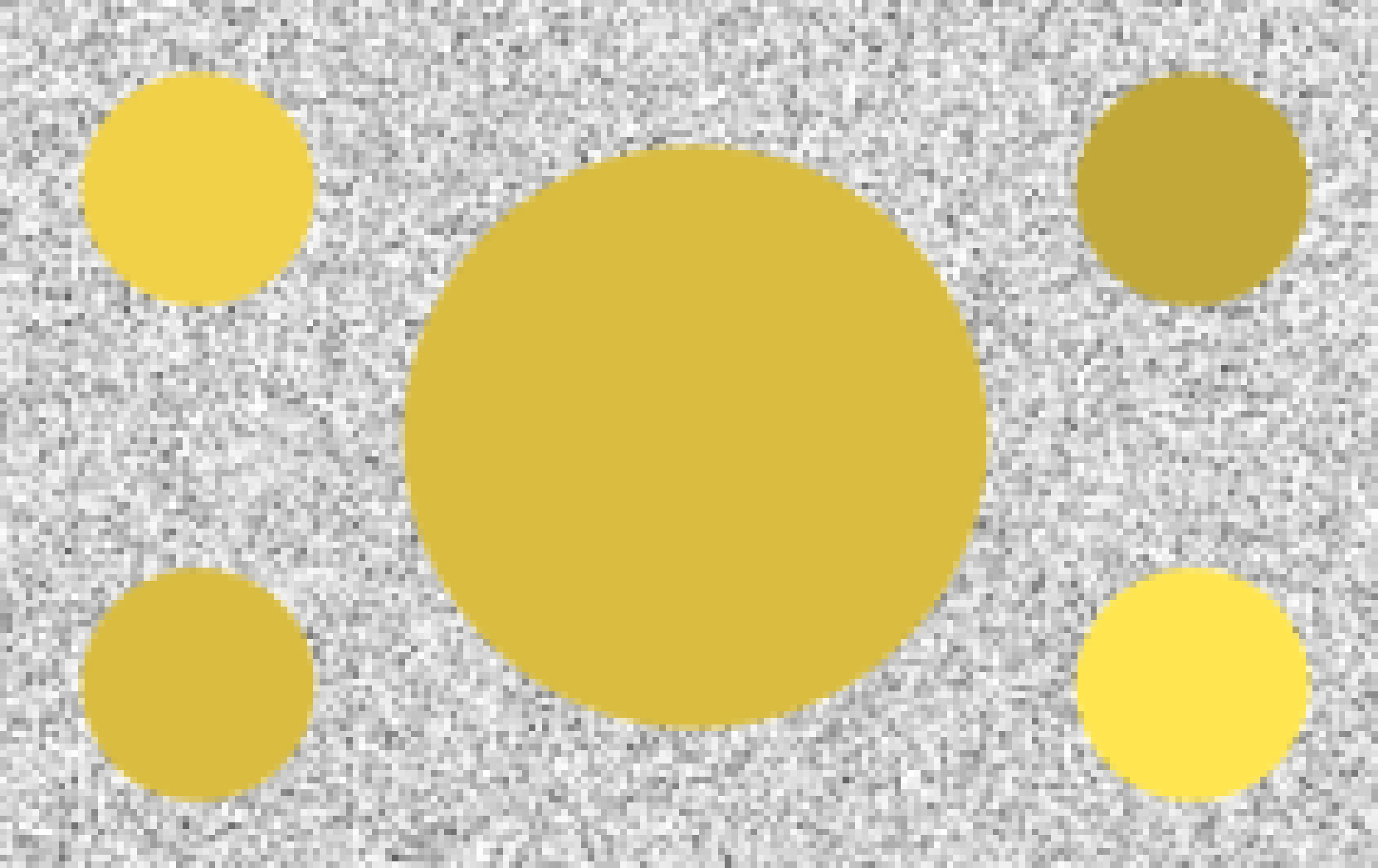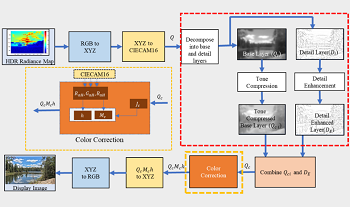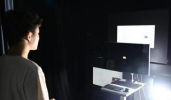
Predicting the perceived brightness and lightness of image elements using color appearance models is important for the design and evaluation of HDR displays. This paper presents a series of experiments to examine perceived brightness/lightness for displayed stimuli of differing sizes. The number of observers in the first pilot experiment was 7, in the second and third pilot experiments was 6, and in the main experiment was 14. The target and test stimuli in the main experiment were 10∘ and 1∘ field of view, respectively. The results indicate a small, but consistent, effect that brightness increases with stimulus size. The effect is dependent on the stimulus lightness level but not on the hue or saturation of the stimuli. A preliminary model is also introduced to enhance models such as CIECAM16 with the capability of predicting brightness and lightness as a function of stimulus size. The proposed model yields good performance in terms of perceived brightness/lightness prediction.

A significant challenge in tone mapping is to preserve the perceptual quality of high dynamic range (HDR) images when mapping them to standard dynamic range (SDR) displays. Most of the tone mapping operators (TMOs) compress the dynamic range without considering the surround viewing conditions such as average, dim and dark, leading to the unsatisfactory perceptual quality of the tone mapped images. To address this issue, this work focuses on utilizing CIECAM16 brightness, colorfulness, and hue perceptual correlates. The proposed model compresses the perceptual brightness and transforms the colors from HDR images using CIECAM16 color adaptations under display conditions. The brightness compression parameter was modeled via a psychophysical experiment. The proposed model was evaluated using two psychophysical experimental datasets (Rochester Institute of Technology (RIT) and Zhejiang University (ZJU) datasets).

An experiment was carried out to investigate the change of color appearance for 13 surface stimuli viewed under a wide range of illuminance levels (15-32000 lux) using asymmetrical matching method. Addition to the above, in the visual field, observers viewed colours in a dark (10 lux) and a bright (200000 lux) illuminance level at the same time to simulate HDR viewing condition. The results were used to understand the relationship between the color changes under HDR conditions, to generate a corresponding color dataset and to verify color appearance model, such as CIECAM16.